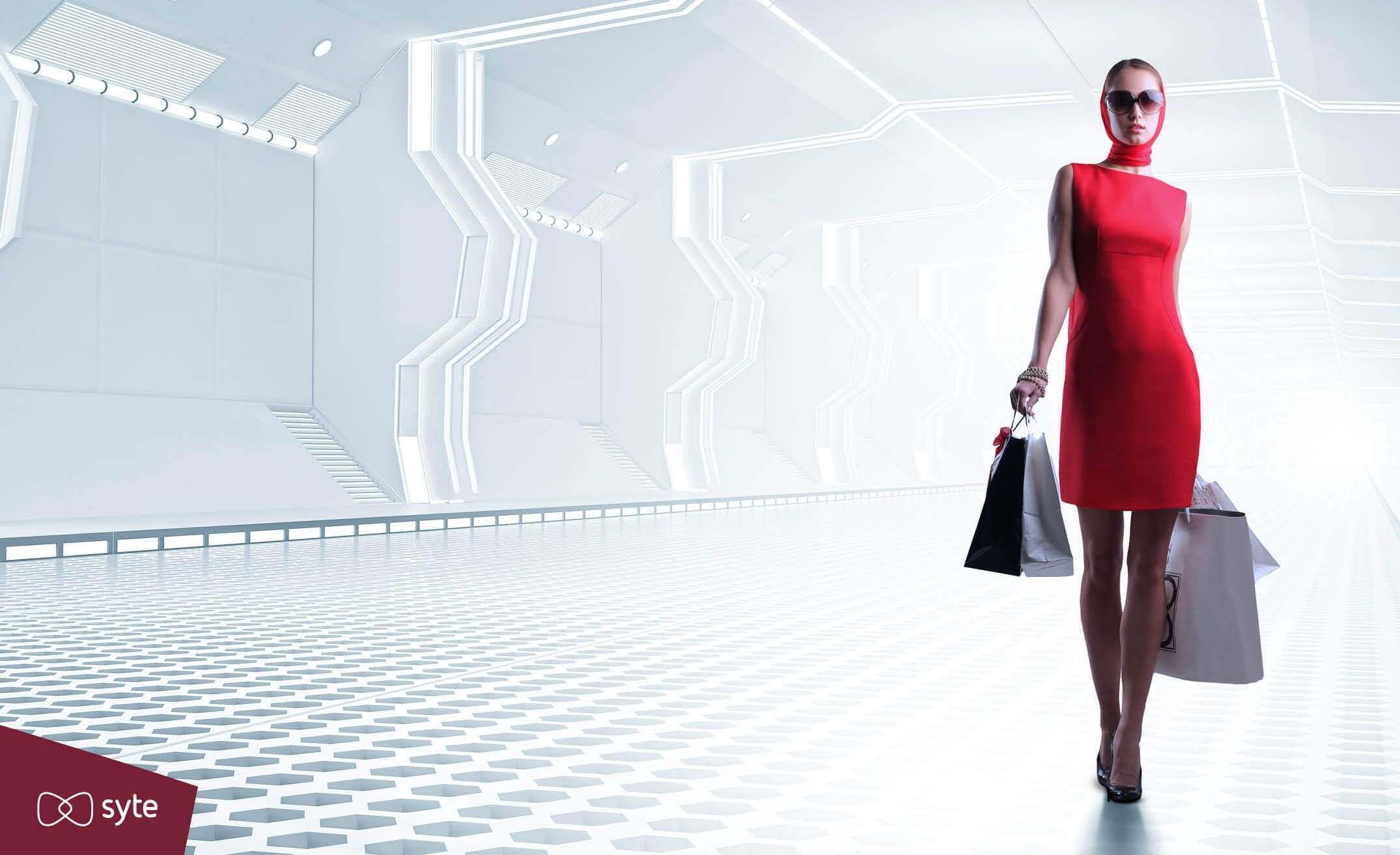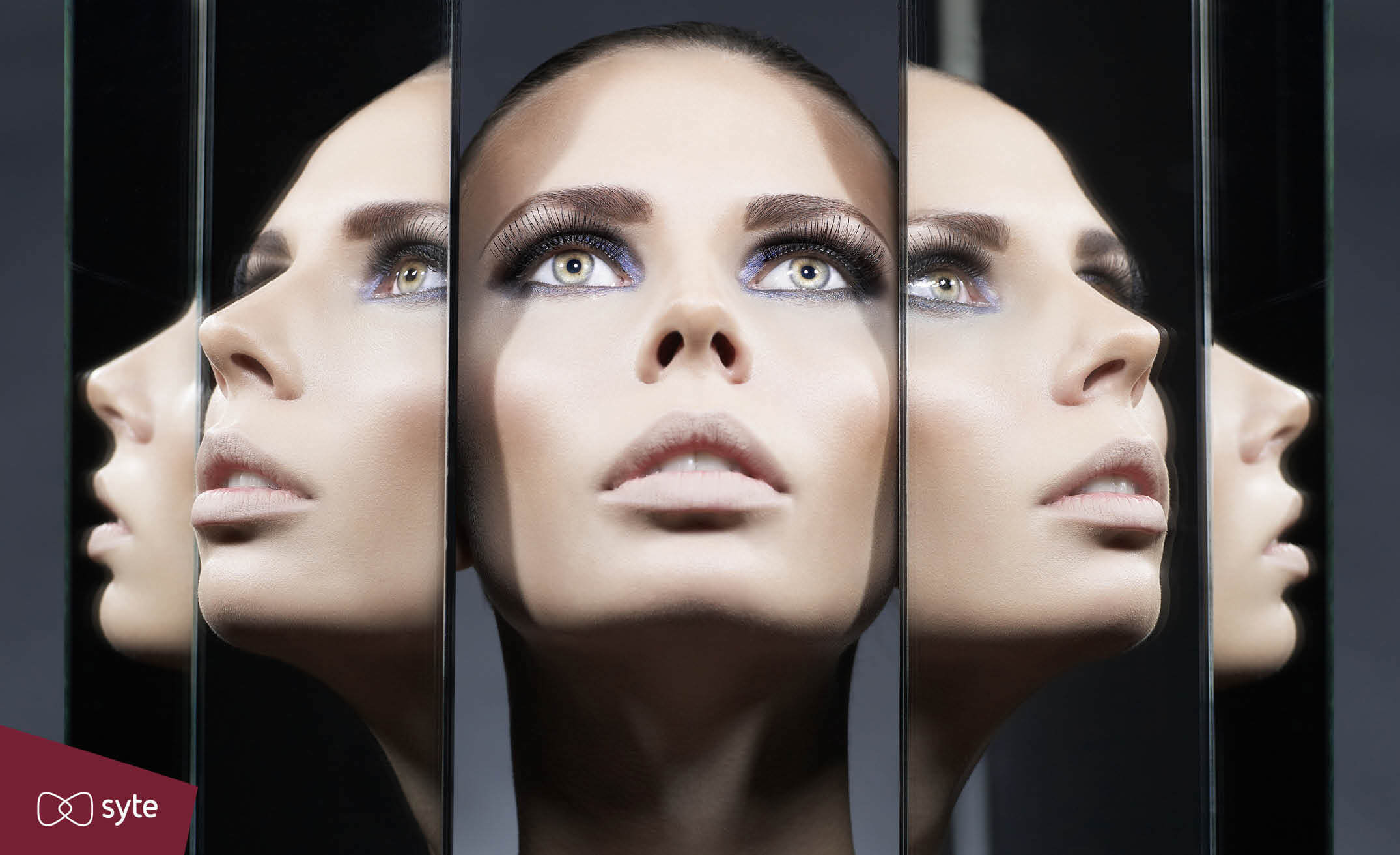Originally published in TotalRetail.
Two minutes into browsing through an eCommerce site for some new workout clothes, I closed the window in favor of checking my emails. Another three minutes later, I couldn’t even remember the name of the website I was just looking at.
How is it that some eCommerce sites create completely unmemorable experiences, or worse yet, manage to send you eagerly to your overflowing inbox, while others make you think, “Where’s my wallet?”
The difference between those two reactions boils down to customer experience — but the CX playbook is quickly changing. eCommerce sites that have the technology and know-how to provide a hyper-personalized, human-centered experience easily attract, engage, and convert shoppers, while those offering experiences that miss the mark — even by a hair — are struggling to stay relevant.
Some online brands and retailers have already discovered the power of visual AI to create engaging, hyper-personalized customer experiences. These companies have gained a serious competitive advantage over other brands and retailers, and the gap between them is still widening. Now, this new league of retailers is helping raise shoppers’ standards even higher, making the challenge of winning their loyalty more difficult.
Human-Centered CX Will Become Your Competitive Edge
Digitally savvy consumers desire a sophisticated, frictionless online experience that enables efficiency and ease of use. But above all, the most desirable, winning CX preserves a strong sense of humanness — one that understands each individual’s unique tastes, preferences, current context, and goals, and tailors the shopping journey accordingly.
Those that can connect to each individual shopper on a deeper and more authentic, human level will be the ones that win against the competition.
Visual AI uniquely amplifies a brand’s ability to personalize experiences and recommendations in the way that a close friend or knowledgeable sales associate might do at a store. This is because it enables personalization infrastructure to go beyond statistics and segmentation.
In fact, it behaves a lot like a human eye, understanding the nearly imperceptible details that draw a shopper to a particular aesthetic. It then merges that information with current shopper intent, context, and user behavior to recommend the right products at the right time, exactly like a seasoned and perceptive personal shopper. Human, but without the propensity for human error.
Early adopters of visual AI have already realized the uplifting effects of greater conversion, higher average order value, deeper brand affinity, and stronger customer loyalty. Stragglers will have a very different experience — one that feels like a sprint for survival.
In the coming months and years, the type of customer experiences enabled by visual AI will become the new standard, and those that lack these capabilities will be obsolete.
On a Quest for Hyper-Personalization
When we say the ideal customer experience is “hyper-personalized,” we mean that ultimately, every aspect of a shopper’s journey will be tailored and refined to provide each customer with a unique experience.
With visual AI powering your hyper-personalization strategy, you will be able to offer shoppers individualized on-screen navigation and communication in addition to product recommendations that can intuit their tastes and intentions.
But that’s only the beginning. We are now just scratching the surface of what’s possible with visual AI. The experiences that it will unlock down the road will be uniquely powerful.
The Future of Human Customer Experience
Imagine entering a website that adjusted its colors and layout to align with your mood. Calming light blue and a minimalist design greet you when you’re feeling stressed or overwhelmed at work. The relevant categories for relaxation — loungewear and athletic wear — are highlighted. Product recommendations suggest yoga gear in a cut that always flatters you. An avatar that looks exactly like you appears, so you can instantly see how you’d look in the new outfit without leaving the comfort of your home.
When the package arrives, it’s wrapped in recyclable materials and scented with lavender, continuing that sense of calm you felt on the website. Every interaction seems to understand what you need in that moment.
These experiences can play out in a thousand different constellations.

Imagine walking down the street. As you approach a bus shelter, there’s an ad with an interactive smart mirror. When you stand in front of it, the mirror analyzes what you’re wearing and provides relevant recommendations in the same style. Or it suggests an accessory that will go with your outfit. If it’s a brand you shop at regularly, maybe you get a push notification from their app with a pre-loaded wishlist.
True personalization is multisensory, omnichannel, and intuitive. And that is where visual AI shines.
It allows you to create customer experiences that are so compelling and satisfying that each shopper sits back and says, “Wow, I feel like they really understand me.”
And that’s why they keep coming back.
Visual AI Unlocks the Door to Hyper-Personalization
If the examples I described above sound too futuristic, too sci-fi, or just too good to be true, then you’ll want to read this section to find out how this is already in the works.
Visual AI is the tool that empowers you to create hyper-personalized customer experiences. It’s what allows smart product recommendation engines and merchandising solutions to understand and act on the individual tastes, context, and current inspiration of each shopper that visits your site.
This is perhaps the most advanced technological capability you can integrate into your customer experience, but it’s also the tool that creates the greatest levels of humanness. Shoppers that interact with visual AI feel as catered to as a millionaire in a high-end department store.
So, How Does It Work?
Just as humans get to know each other through the way they interact, visual AI learns about each shopper by analyzing the actions they take on your site.
Each time a shopper interacts with different products, the system learns from the granular details within product images to better understand who they are and what they’re looking for.
By using vector-to-vector comparisons to analyze and assign tags based on minute visual attributes, it can understand if, for example, you have a tendency to favor high-waisted jeans with whiskering “just-so” at the hip and a raw — but-not-frayed — edge on the hem, or regal, tufted sofas in jewel tones with plush fabrics like corduroy or velvet.

It then combines these individual insights with sequencing algorithms powered by the customer data of thousands or millions of others to produce highly sophisticated customer profiles.
The possibilities for how to use these insights are endless. Tailored recommendations and navigation experiences are already proving to elevate the customer experience, increase conversion rate, and build the sort of loyalty reserved for only the most beloved brands.
Early Adopters of Visual AI Are in the Lead
This past year has been difficult and eye-opening to say the least. As we reflect on it down the road, I am certain that our industry will see it as the year that drew a clear line between brands and retailers that embraced innovation and those that failed to move quickly enough.
Visual AI is a young technology, but it is uncovering the potential to revolutionize customer experience from end to end. The brands that get in on the ground floor of this innovative capability will have the tools and strategy to provide hyper-personalized customer experiences that give them a decisive edge and allow them to redefine the boundaries of what’s possible in eCommerce.